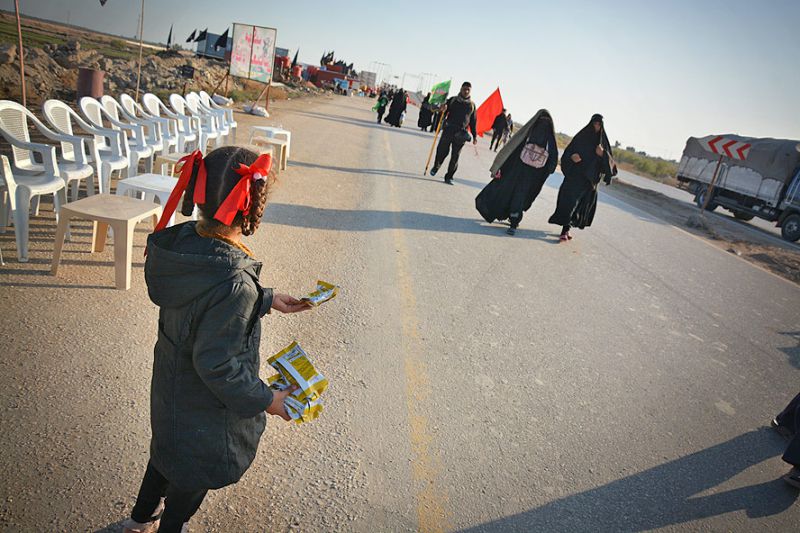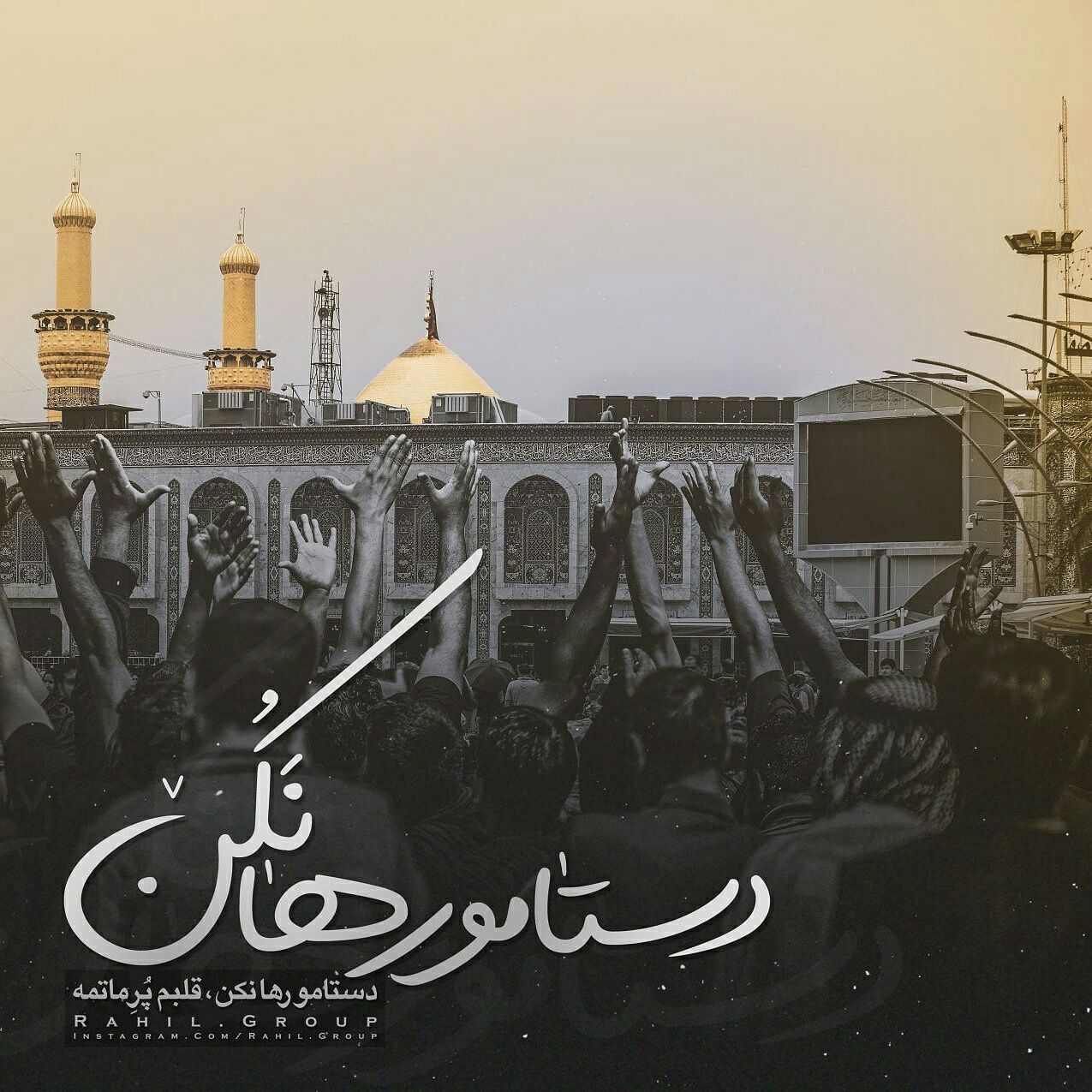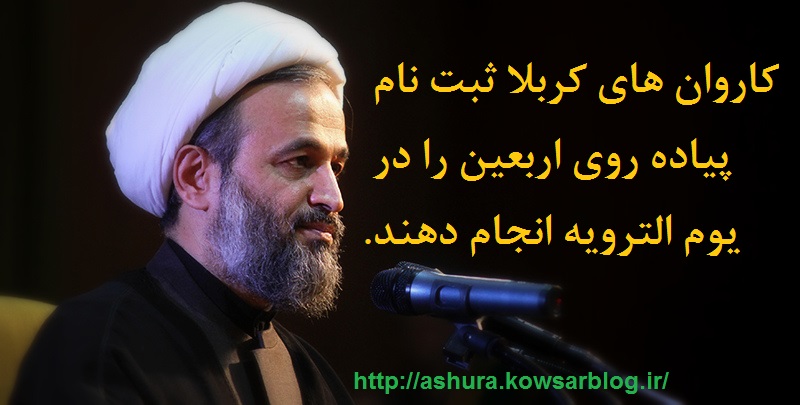arbaeen

عون ابن جعفر

عون بن جعفر
از شهداي کربلاست. پسر جعفر بن ابي طالب (جعفر طيار). مادرش «اسماء بنت عميس» بود که در حبشه به دنيا آمد. جعفر طيار او را در جنگ خيبر به حضور رسول خدا «ص» آورد. پس از شهادت جعفر طيار در جنگ موته، پيامبر خدا فرزندان او را طلبيد. عبدالله، عون و محمد را حاضر کردند. به دستور آن حضرت، سر هر سه را تراشيدند. پيامبر درباره عون فرمود: در خلقت و اخلاق، شبيه من است. در دوران علي «ع» به آن حضرت پيوست. حضرت دخترش ام کلثوم را به همسري او در آورد.عون در زمان امام مجتبي و سپس امام حسين «ع» از ياران آن دو امام بود. همراه همسرش در کربلا حضور داشت. روز عاشورا از سيد الشهدا «ع» اجازه گرفت و به ميدان رفت. نبردي دلاورانه کرد وبه شهادت رسيد. هنگام شهادت 56 ساله بود.
Aoun bin Ja’far of the martyrs Karbala. Son of Ja’far Ibn Abi Talib(Jafar Tayyar). His mother was (Asma Bennet Amys) born in Habastian. Ja’far Tayyar brought him to the prophet(PBUH) in the Khybar war. After the testimony of Ja’far Tayyar in the battle of Mutah, the prophet of Allah called his sons: Abdullah, Aoun and Mohammad. On the orders of the prophet, they shaved all three heads. The prophet(PBUH) said about Aoun: he likes mine in creation and ethics. In the era of Imam Ali, come to him. Imam married with his daughter(umm kulthum). He was one of the partners of Imam Mujtaba and Imam Hossein. He was accompanied by his wife in Karbala. He was permitted to seyyed Al-Shohada(AS) and went to the battle at Ashura Day. He did brave battle and martyr when he was 56 years old.
The evens related to Ashura
Sharih Ghazi known as the famous judge of Kufa was dependent on the Umavi Government. Sharih Bin Hareth was originally from Yemen and was appointed as the judge of Kufa in the time of Umar and undertook it for sixty years. He was also appointed as a judge in the time of Imam Ali (peace be upon him). When Imam Ali (peace be upon him) appointed him as a judge, he had him not implement any rules before he consulted about them with him. Imam Ali (peace be upon him) became angry of him once; therefore, he had him leave Kufa. He had a talent in saying poems and was sense of humorous. He was also appointed as a judge in the time of Moavie and his son, Yazid. He abdicated his service for three years in the time of Ubeidullah Bin Zobeir and in the days of the pilgrims, he left his job forever and stayed at home untill the time of his death arrived in 97 Heijrat. His life span was over a hundred years.
صفحات: 1· 2
یوم الترویه

Mourning ceremony of Imam Hussein (peace be upon him)

The Ziyaraat of Warith

Ibn Qawlawayh, in his book titled ‘al-Mazar’ records the following on the authority of Safwan:
I asked Imam Sadiq (A.S), peace be upon him, to permit me to visit (the holy tomb of) my master Imam Hussein, peace be upon him, and also asked him to guide me what to do. The Imam said to me:
عن كتاب المزار لابن قولويه قال: استأذنت الإمام الصادق، عليه السلام، لزيارة مولاي الحسين، عليه السلام، وسألته أن يعرّفني ما أعمل عليه، فقال
“O Safwan, before you begin your journey to visit the tomb of Imam Hussein, you should fast for three days and, on the third day, wash yourself, gather your family members, and recite (the Dua’a): O Allah, I keep with you… etc."
يا صفوان؛ صم ثلاثة أيام قبل خروجك واغتسل في اليوم الثالث، ثم اجمع إليك أهلك ثم قل: اللهم إني استودعك… الخ
Imam Sadiq, peace be upon him, then taught Safwan a Dua’a to be recited near the River Euphrates.
ثم علمه دعاءً يدعو به إذا أتى الفرات
“He, peace be upon him, then said: “Wash yourself in the River Euphrates, for my father, on the authority of his fathers, narrated that the Messenger of Allah, peace be upon him and his family, said:
ثم قال: ثم اغتسل من الفرات فإن أبي حدثني عن آبائه عليهم السلام قال: قال رسول الله، صلى الله عليه وآله
Brief introduction of Ziarat Arbaeen

Ziarat Arba’een can be divided into parts as outlined below:
1. Like other Ziarats, Ziarat Arbaeen starts with greeting Imam Hussein (A.S) and then describing his various titles, such as Seyyedo Shohada and each one of these titles describes a special dimension of Imam’s personality.
2. In this part, the special divine honours given to Imam Hussein (A.S) as a result of his martyrdom in Karbala are mentioned; such as, he is one of the leaders of the religion, a defender of the justice and successor of the prophets as well as a divine proof.
3. The third part deals with the philosophy of Ashura uprising and the various aims of the uprising are explained. The main aim is mentioned as guiding, saving and awakening people.
4. In this section, the enemies of Imam Hussein (A.S) are introduced; their aims and the various anti-God groups who were deceived by the world.
5. This section is dedicated to Jihad in the way of God and martyrdom and the difficulties and sufferings that Imam (A.S) and his family and companions faced. It is mentioned here that Jihad in the way God succeeds by sacrifice, patience and sincere deeds.
6. This section is for cursing the enemies and asking for God’s curse on them
7. In this part, Imam’s connection to the line of the prophethood is mentioned.
8. The message of this section is that honourable death is better than a life without dignity.
9. This part is about expressing strong disapproval of those who cooperate with oppressors.
10. Again, in this section, the nobleness and purity of Ahl-ul-Bayt (A.S) is emphasized.
11. In this part the importance and eminent position of Imams and Imamate are described.
12. Three elements of belief, submission and following the line of Imams are mentioned in this section as the main principles of guidance.
13. This part deals with declaration of position. By knowing Imams we should know their positions regarding various issues.
14. And the final section is to end the Ziarat with final greetings.
Source: shafaqna.com